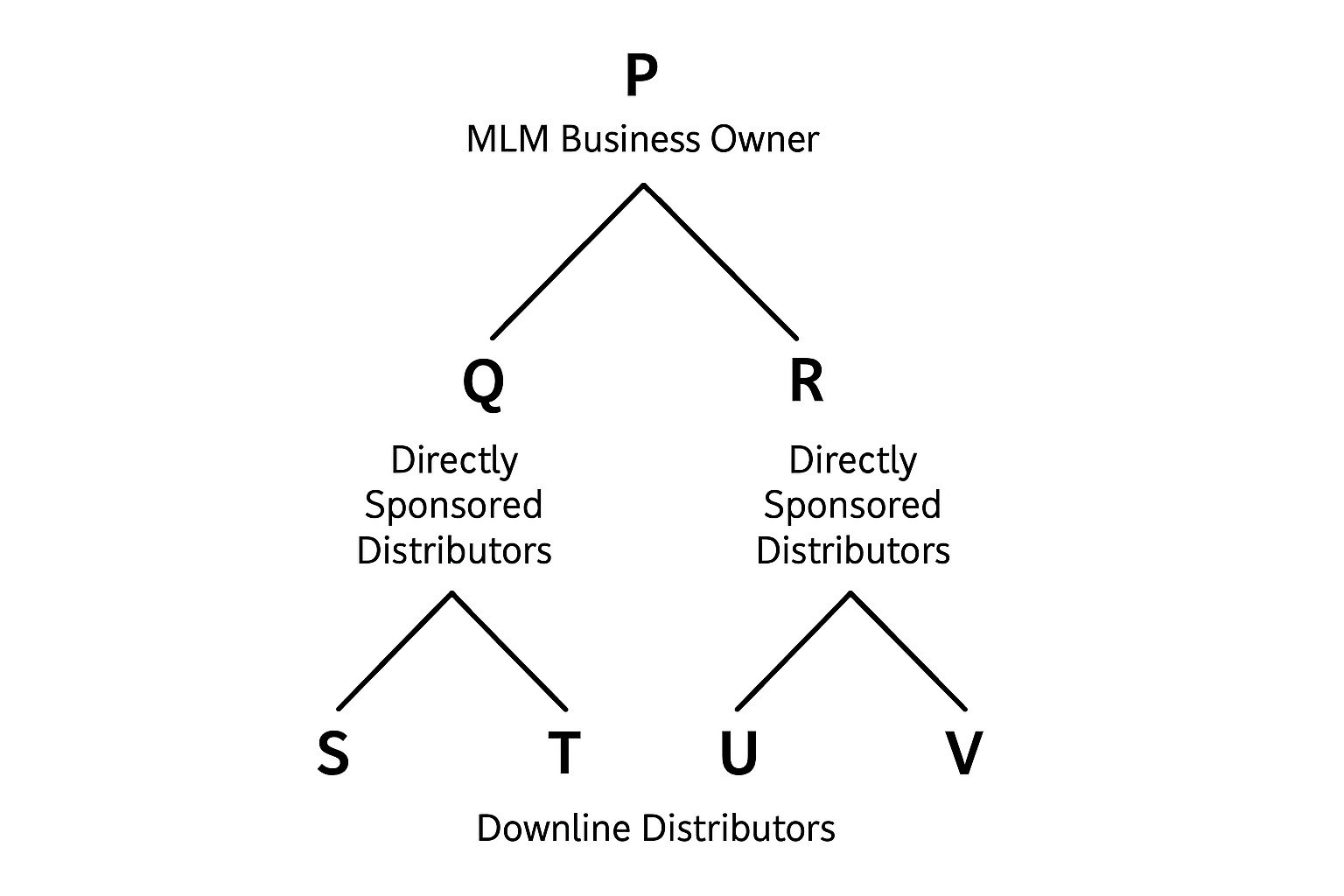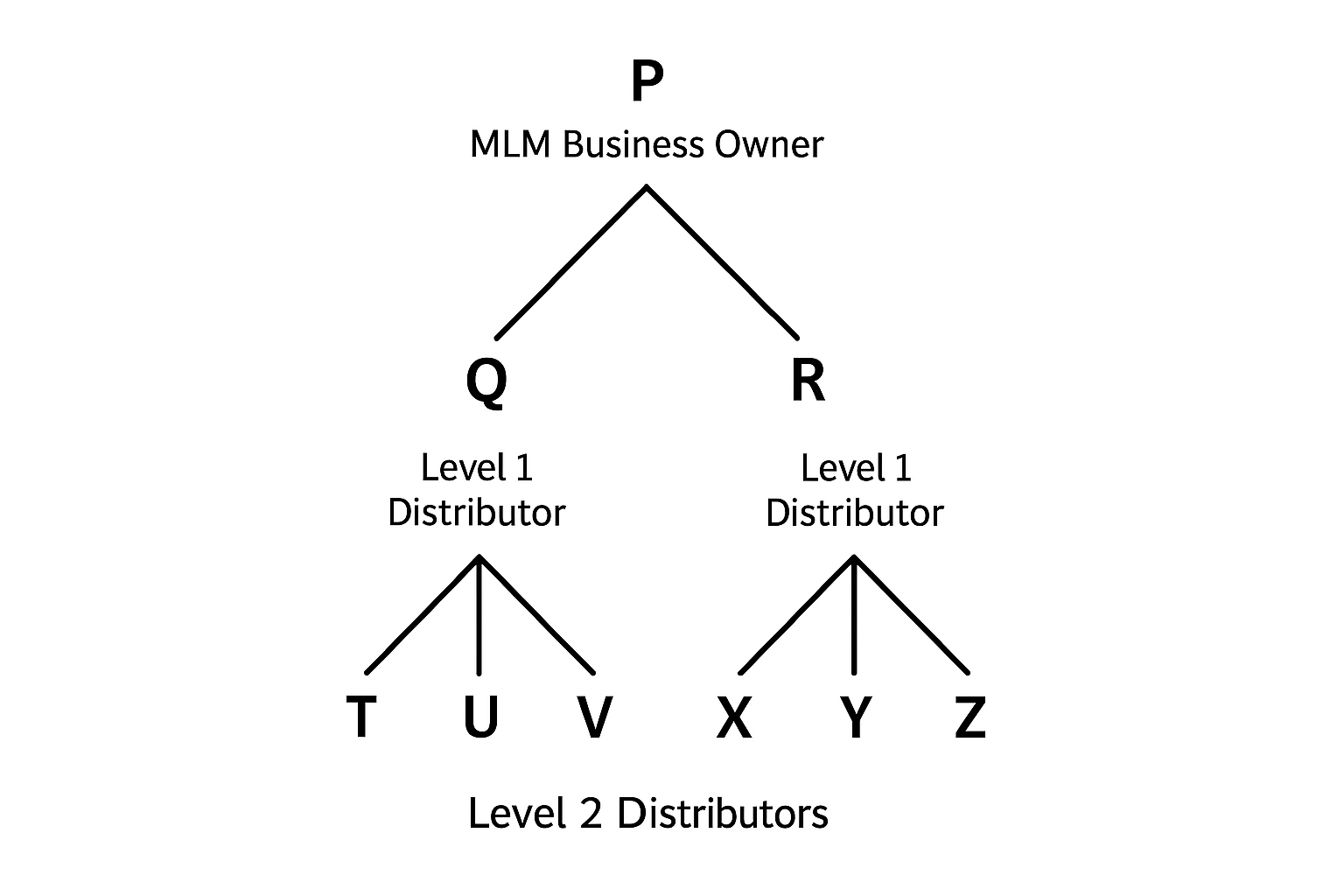When running a multi-level marketing or network marketing business, it is essential to grow the direct selling business using a suitable compensation plan on the MLM Software platform. Thus, where the distributors are focused on selling the service or product, a robust compensation plan can keep them connected and engaged in the MLM business in the long run. As a result, it functions more as a structure that keeps the MLM network going.
So, what makes an ideal MLM compensation plan? The answer depends on your MLM business strategy, and both binary and matrix MLM plans come with unique advantages.
In this guide, we’ll break down how each plan works to help you decide which one best fits your MLM business model.
Understanding Binary And Matrix MLM Plan
Basically, an MLM compensation plan, also known as the MLM commission framework, is the structure that an MLM business uses to determine how distributors are paid. This plan organizes commissions based on personal and team sales generated, which are often tracked and managed through an MLM software platform.
Check out the two most leveraged types of MLM compensation plans.
What is Binary Compensation Plan?
A binary MLM compensation plan is the simplest yet widely used structure in MLM software development. Most MLMs employ it to organize their network, reward distributors, and drive MLM business growth. What makes it unique is that it allows only two distributors directly under each member at the primary level. These two positions are often termed as the left leg and right leg, diverging as two separate subtrees, or binary trees forming a single binary tree.
Example of a Binary MLM Structure:
In this case, P is the business owner and sits at the top. P can only recruit two direct distributors: Q on the left leg and R on the right leg. Each of these distributors can also hire up to two people directly beneath them. For example, Q invites S and T, whereas R invites U and V.
As a result, when a user signs up as an MLM distributor, they purchase an enrollment package to sell the company’s products or services and become part of the binary tree. Every other distributor-sponsored member now connects to the tree on either the left or right leg. Similarly, another distributor adds additional members to their end of the tree, causing them to spill down the line.
Over time, this creates a balanced, two-sided network, with earnings typically based on the weaker leg’s sales volume. Thus, the leg with fewer members decides the earning potential of the distributors.
What is a Matrix Compensation Plan?
A matrix compensation plan is a type of MLM compensation structure that divides distributors into a set-width and set-depth matrix. This plan is denoted using an x*y structure, where x is the plan’s width and y is its depth.
For example: (3×2 matrix)
In this example, P can have only three distributors on the first level: Q, R, and S.
Each of these distributors can also recruit three people directly under them, filling the second level. A 3×2 matrix refers to a structure with three levels wide and two levels deep, derived from the MLM business. After that depth is filled, additional recruits don’t fit in this matrix and are handled according to the company’s specific rules.
Comparing Binary vs. Matrix MLM Plans
Let’s compare both binary and matrix MLM compensation plans using the key parameters listed below.
Structure
- The binary MLM plan has a two-legged format. After the two distributors, each member can be added to either leg.
- Matrix MLM plans have a grid-like format and set frontline positions. This format determines the total number of members who can be added to the compensation plan.
Spillover
- In a binary MLM plan, spillover occurs when additional recruits are placed further down under frontline distributors. It allows the network to grow indefinitely in depth.
- In a matrix MLM plan, once the set number of positions in a distributor’s matrix is filled, surplus members may spill over into the downline or trigger the creation of a new matrix. This process involves forced placement, where new distributors are assigned to specific available positions to preserve the fixed structure.
Commission Distribution and Earnings Potential
- As the binary MLM plan expands infinitely, it experiences unlimited and continuous growth. The leg with fewer members is referred to as the weaker leg and determines earning potential. Both legs should be balanced for optimal earning potential.
- The matrix MLM plan determines earnings based on how the matrix levels are filled. As it has a definite structure, earnings are also limited and soon reach their maximum caliber. Distributors should focus on making the most of the available positions in order to maximize their earning potential.
Bonuses
For Binary MLM Plans, the following bonus plans are applicable:
- Sponsor Bonus: Commission earned by recruiting new members.
- Matching Bonus: A percentage of commissions from personally sponsored distributors.
- Custom Bonus: Customized bonuses by the MLM business.
- ROI Bonus: Fixed bonus for the initial investment.
For Matrix MLM Plans, the following bonus plans are applicable:
- Sponsor Bonus – Commission earned by recruiting new members.
- Level Commissions – Commissions earned by downline members up to predetermined levels.
- Matching Bonus – A percentage of commissions from personally sponsored distributors.
- Forced Matrix Bonus – Commission for filling out the matrix.
Growth Potential
- In a binary plan, growth is limitless in the same structure and leads to long-term earnings.
- In comparison to the binary plan, the matrix plan has slower growth potential within the same grid.
| Factor | Binary Plan | Matrix Plan |
|---|---|---|
| Structure | Two legs per distributor; unlimited depth | Fixed width & depth |
| Spillover | Yes — new recruits overflow down | Yes, but by forced placement |
| Growth Potential | Unlimited depth and team size | Limited to matrix size (can be restarted) |
| Bonus Structure | Sponsor, Matching, custom, ROI bonus | Sponsor, Matching, Level, forced matrix bonus |
| Earnings Potential | Based on the weaker leg’s sales volume and unlimited with a balanced strategy | Based on filled positions and capped unless re-entry allowed |
| Best For | Businesses aiming for long-term scaling | Businesses aiming for quick and predictable earnings |
Advantages of the Binary MLM Plan
Let’s understand the advantages of choosing a binary MLM plan:
- Support continuous growth, which is uncommon in other MLM plans
- There are immense and limitless earning opportunities.
- The higher the number of members, the greater the earnings, which creates motivation to stay active.
Challenges of the Binary MLM Plan
The binary MLM plan frequently raises the following challenges:
- Earnings are limited in case of imbalance, and a poor-performing leg will have a significant impact on income.
- If the upline becomes inactive for any reason, new distributors may miss out on the spillover benefits.
Advantages of the Matrix MLM Plan
Here are the main advantages that a Matrix MLM plan offers:
- New members are distributed evenly throughout the team.
- Because of the predictable structure, it is also easier to predict the earning potential.
- It is easier to manage with fewer members.
- New members can expect quicker earnings.
Challenges of the Matrix MLM Plan
These are some typical issues with the Matrix MLM Plan:
- Limited earning potential due to limited structure.
- Poor placement choices can slow down filling the matrix
Binary vs. Matrix MLM Plan—Which One Is Right for You?
Thus, when choosing between a Binary and a Matrix MLM plan, consider your MLM business strategy and long-term goals. Both options can be right, depending on your needs.
- Opt for the Binary plan if you want to build a vast network and access limitless earning opportunities.
- Choose the Matrix plan, on the other hand, if you want a more manageable structure, quick and predictable growth, and a set number of team members working closely together.
Wrapping Up
Although most MLM companies choose a binary MLM plan due to massive earning potential, the matrix plan is selectively chosen to encourage cooperative sales among their distributors.
With the right MLM compensation plan, MLM software can help streamline distributor onboarding, manage spillover placements, track commissions, monitor sales performance, automate repetitive tasks, and much more.
Webcom Systems is the leading MLM software development company, serving MLM businesses worldwide for more than the past two centuries. We build powerful MLM software that supports various compensation structures, including Binary, Matrix, or more, based on MLM business needs. Get in touch to learn more about our services!
Recommended Read: Smart Contract Based MLM Software Development






